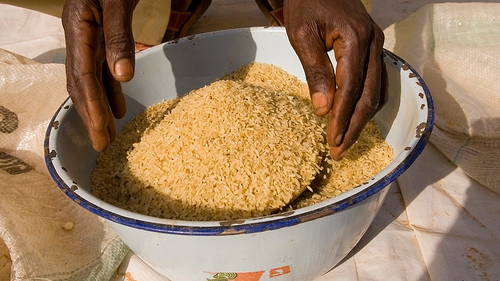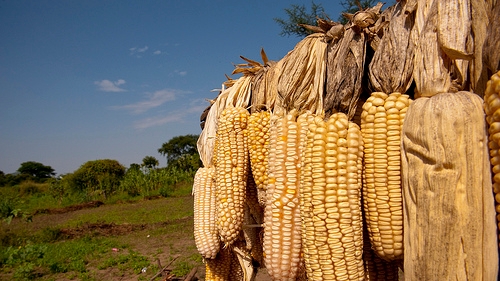International prices of food continued to decline between June and October 2013, but remain high. The World Bank’s Food Price Index decreased by 6% between June and October 2013. Despite steady declines in the past few quarters, prices remain high: the Bank's Food Price Index was only 12% lower than a year ago and 16% below the all-time peak in August 2012.
The overall decline is mainly driven by the prices of grains, which were 19% lower in October than in June. However, within the prices of grains, there is some variation. The price of internationally traded maize fell by 32%, with sustained drops in each of the last three months. Prices of rice (Thai 5%) also fell markedly—but less—between June and October, by 16%.
In contrast, the international price of wheat increased during this period. The increase between June and October was 4%, with a sharp increase of 6% in October alone. Despite an increase of 6% in the Bank’s average price of crude oil during this period, fertilizer prices have not increased.

